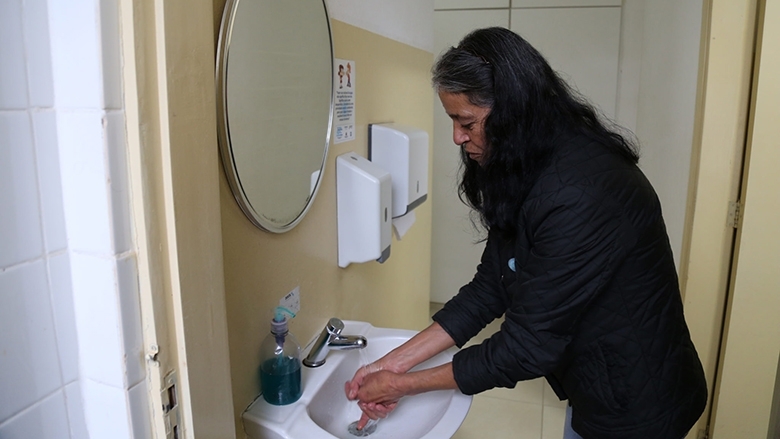Challenges
Brazil, a country rich in water resources, possesses between 12 and 14 percent of the world’s water. Its water is not evenly distributed, however: 70 percent is found in the Amazon River, and only 1.6 percent in the state of São Paulo, where one-fourth of the nation’s population resides. Brazil’s achievements over the past fifty years have been closely linked to development of its water resources and to its expansion of water and sanitation services, but many challenges have yet to be addressed, such as water scarcity, pollution control, and universal access to water and sanitation services.
With 95 percent of its 41 million people living in urban areas, the state of São Paulo is one of the world’s most urbanized areas and is emblematic of Brazil’s broader urban challenges. In spite of São Paulo’s relatively large water supply and wide sewerage coverage, the state faces significant water scarcity and water pollution problems. Half of its 22 water basins face critical shortages, particularly those within the São Paulo metropolitan area, where water demand exceeds water availability, and half of the state’s water supply is brought from neighboring basins. Water shortage problems are compounded by a continuous deterioration in the quality of the water sources, largely because currently only 60 percent of sewerage collected is treated. Other factors contributing to water scarcity include high levels of water losses and the inefficient use of water. With an increasing population and ongoing climate change, São Paulo’s water situation, if not addressed, will only worsen.
Approach
In a densely urbanized state like São Paulo, increased availability of water, through both augmented quantity and enhanced quality, is of crucial importance for sustainable growth. The São Paulo Water Recovery (REÁGUA) Project was designed to respond to the state’s water scarcity problem by increasing clean water availability in the state’s five most critical watersheds. Plans included (i) increasing the volume of recovered water by reducing real water losses and promoting the rational use of water in public schools, and (ii) enhancing water quality by improving wastewater systems. The project took an innovative approach, disbursing funds to participating water services providers (whether state or municipally owned) against agreed and independently verified results. By explicitly linking funding to the results achieved, the project shifted performance and financial risks from the government of São Paulo to selected service providers.


